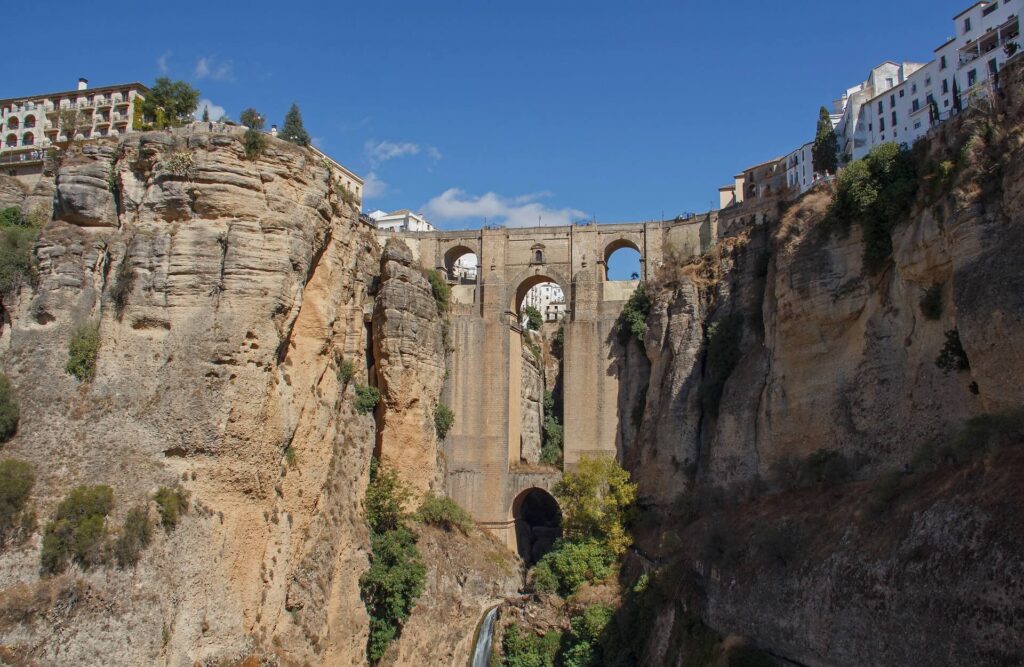The Costa del Sol is a stunning stretch of coastline in southern Spain. It is often celebrated for its beautiful beaches and vibrant nightlife. However, this region offers much more than just sun and sea. It is a treasure trove of cultural heritage and historic sites. From ancient ruins to charming Andalusian towns, the Costa del Sol is a mesmerizing destination for history buffs and culture enthusiasts alike. We will explore the rich cultural heritage of the Costa del Sol by taking you on a journey through its most captivating historic sites.

What is the Costa del Sol Known For?
The Costa del Sol is primarily known for its beautiful beaches, luxury resorts, and vibrant nightlife. However, this region in southern Spain also has a rich cultural heritage that often goes unnoticed. From ancient ruins to charming towns, the Costa del Sol offers a plethora of historic sites that provide a deep insight into its past.
The Cultural Capital: Malaga
Malaga, the cultural capital of the Costa del Sol, is a city steeped in history and art. Home to the famous Picasso Museum, Malaga also boasts the Alcazaba, a medieval Moorish fortress offering stunning views of the city. The Roman Theatre, another significant historic site, dates back to the 1st century and is still used for performances today. Malaga’s historic center, with its narrow streets and traditional Andalusian architecture, is a must-visit for anyone interested in the region’s history.
The History of the Costa del Sol
The history of the Costa del Sol is incredibly rich and diverse, influenced by various civilizations including the Phoenicians, Romans, and Moors. Each of these cultures has left its mark on the region, from ancient ruins to architectural wonders. The area’s history is not just confined to museums and monuments; it is alive in the traditions, festivals, and daily life of its people.
Why is the Costa del Sol So Popular?
The Costa del Sol enjoys immense popularity due to its stunning beaches, luxury resorts, and exciting nightlife. However, its rich cultural heritage adds another layer of allure to this already fascinating region. The area’s historic sites offer a captivating glimpse into its past, making it a popular destination for those interested in history and culture.
Exploring the Historic Towns
Ronda
Perched atop a deep gorge, Ronda is one of the most beautiful and historic towns in the Costa del Sol. The town is famous for its 18th-century bridge, Puente Nuevo, which offers breathtaking views of the surrounding landscape. Ronda is also home to Spain’s oldest bullring and several fascinating museums.
Mijas
Nestled in the mountains, Mijas is a charming town known for its whitewashed buildings and cobblestone streets. The town offers several historic sites, including the Hermitage of the Virgin of the Rock and the Church of the Immaculate Conception.
Estepona
Estepona is another enchanting town, famous for its well-preserved Old Town and the Castle of San Luis. The town also offers several museums that provide insight into its history and culture.
The Hidden Gems
The Dolmens of Antequera
These megalithic structures are one of the most important prehistoric sites in Europe. The Dolmens of Antequera are a UNESCO World Heritage site and offer a unique glimpse into the region’s ancient history.
The Caves of Nerja
These stunning caves are one of the Costa del Sol’s most exciting historic sites. Discovered in 1959, the caves are home to prehistoric paintings and spectacular stalactites and stalagmites.
The Alhambra in Granada
Though not exactly in the Costa del Sol, the Alhambra in nearby Granada is too significant to ignore. This Moorish palace is one of the most visited sites in Spain and offers a fascinating look into the country’s Islamic history.
Conclusion
The Costa del Sol is not just a destination for beach lovers; it’s a region steeped in history and culture. From the ancient ruins in Malaga to the charming streets of Mijas, the area offers a wide range of historic sites that are sure to captivate any visitor. Whether you’re a history buff or simply looking to explore beyond the beaches, the Costa del Sol’s rich cultural heritage is waiting to be discovered.















